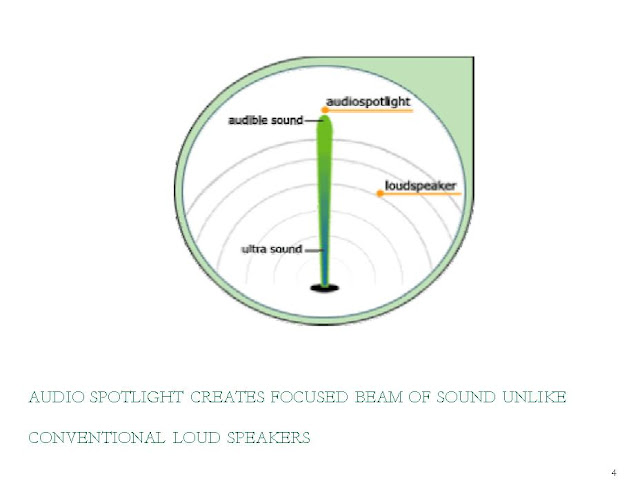SWITCHING
A switched network consists of a series of interlinked nodes, called switches. They are capable of creating temporary connections between two or more devices linked to the switch but not to each other.
Three methods of switching:
Circuit switching
Packet switching
Message switching
Circuit switching
It creates a direct physical connection between two devices such as phones or computer. It is mostly used at the physical layer to create real circuits between source & destination. Real circuits were designed for real-time audio (telephony).
In this fig the network has switches that allow traffic from sources to destinations. A source & destination can be a computer,router,bridge,or any other device that connects other networks.
Packet switching
For data communication, packet switching networks were designed; data are packetized and sent packet by packet. The main difference between a circuit switched & packet switched network is that the links are shared, channelized between different communication paths. A link between switch 1 & 2 may carry several packets at the same time, each sent by a different source & going to different destinations.
Packet switching uses two approaches:
1. The datagram approach
2. The virtual circuit approach
The datagram approach is mostly used in the network layer.
The virtual circuit approach is a data link technology.
Message switching
In this no physical copper path is established in advance between sender & receiver. Instead, when the sender has a block of data to be sent, it is stored in the first switching office (i.e,router) & then forwarded later. Each block is received in its entirety, inspected for errors, & then transmitted. With message switching, there is no limit on block size, which means router must have disks to buffer long blocks.



Comments